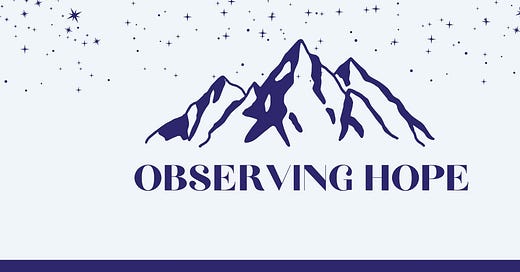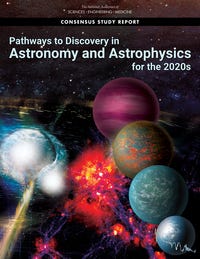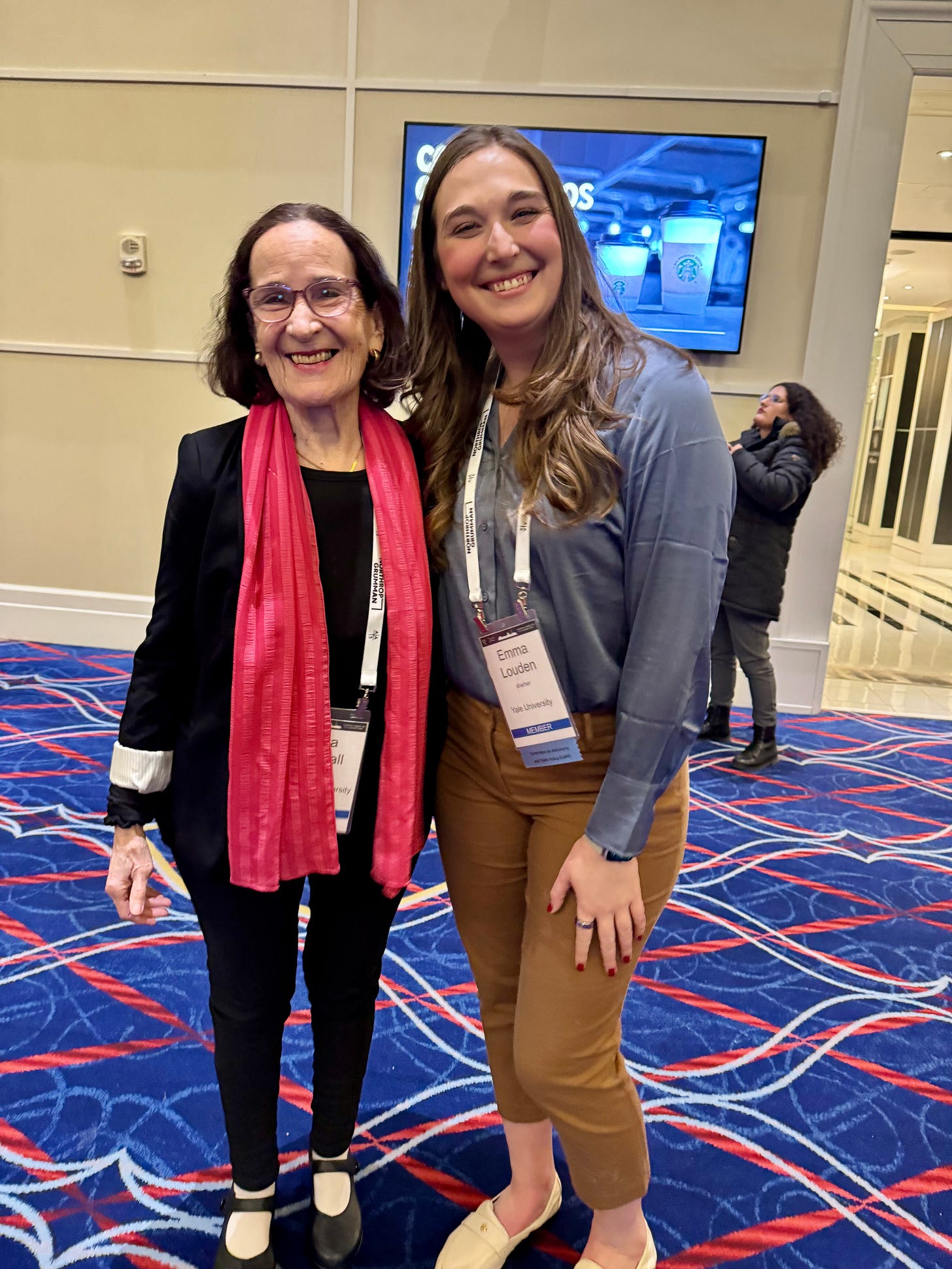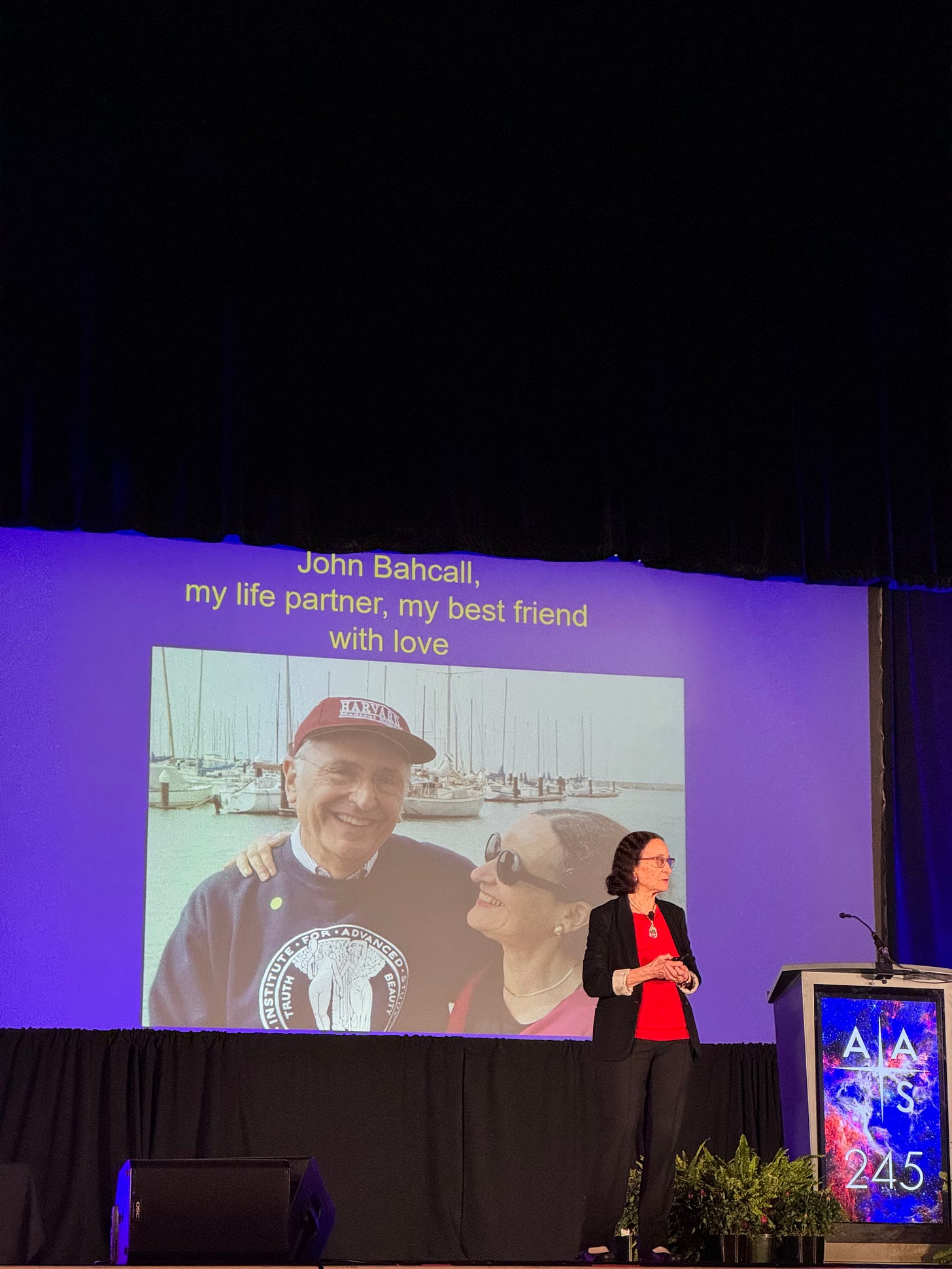The Unsung Fight for Science: How John and Neta Bahcall Shaped the Future of Astronomy
On My Mind #3
When we think of scientific progress, we often picture groundbreaking discoveries, Nobel Prize-winning research, and transformative theories that change how we understand the universe. But behind every major advancement, there’s often a quieter, harder fight happening in the background—a fight for funding, policy support, and the political will to turn ideas into reality. Few have fought that battle as fiercely and effectively John Bahcall and his wife Neta Bahcall.
Most people know Neta Bahcall for her pioneering work in cosmic cartography, mapping the large-scale structure of the universe and helping us understand the distribution of dark matter, dark energy, and ordinary matter. Her husban, John, was a theoretical astrophysicist best known for his work on solar neutrinos and as a driving force behind the Hubble Space Telescope. But what many don’t realize is how deeply both Neta and John were involved in the behind-the-scenes fight for science policy and funding—work that was absolutely critical to the success of projects like the beloved Hubble Space Telescope.
The Hubble Space Telescope: A Dream Nearly Deferred
Today, the Hubble Space Telescope is celebrated as one of humanity’s greatest scientific instruments. Its stunning images and groundbreaking data have revolutionized our understanding of the cosmos. But in the 1970s and 1980s, Hubble was far from guaranteed. Budget overruns, shifting political priorities, and skepticism from policymakers threatened to cancel the project multiple times.
John Bahcall wasn’t just a scientist excited about what Hubble could discover—he became one of its fiercest advocates. He understood that building something as ambitious as Hubble required more than just good science; it required navigating the complex world of politics, budgets, and public perception. John spent years lobbying Congress, meeting with NASA officials, and rallying the scientific community to push for the telescope’s funding and continued support.
Neta was right beside him. Though her own research was forging new paths in understanding the cosmos, she recognized that scientific discovery on this scale could only happen if the infrastructure was there to support it. Together, Neta and John advocated not just Hubble but for the broader importance of funding basic science.
That project was the genesis of documents that are known today as the Decadal Surveys. This mega PDFs are the product of years of white papers and community. meetings each decade that result in a cohesive message about the priorities of the community from which NASA, NSF, DOE, and the White House budget requests take queues, as well as guiding the advocacy of astronomers with politicians.
Since then, other fields have followed in astronomy’s footsteps and now there is a Planetary Science Decadal and a Heliophysics Decadal, among others.
A Legacy Beyond Research
The success of the Hubble Space Telescope and the thriving state of modern astrophysics owe a great deal to the tireless advocacy of scientists like Neta and John Bahcall. Their work ensured that transformative tools like Hubble could exist, paving the way for future missions like the James Webb Space Telescope.
But perhaps even more importantly, they set an example for what it means to be a scientist. Their careers remind us that doing great science isn’t only about publishing papers or making discoveries—it’s also about fighting for the resources and policies that make those discoveries possible.
Honoring Legacies of Excellence
This week at the Winter Meeting of the American Astronomical Society, I had the incredible experience of watching Neta deliver a plenary talk. It immediately took me back to my high school days, visiting Princeton as a wide-eyed student dreaming about the cosmos. Neta took the time to talk with me about astronomy and my future in the field.
I couldn’t have imagined then that she would become my undergraduate advisor and one of the most important mentors in my life. Neta’s pioneering work transformed our understanding of the universe’s large-scale structure and the distribution of dark matter. Alongside her close friend Vera Rubin (who discovered the first evidence for dark matter!), she helped open doors for women in astronomy while making groundbreaking scientific contributions.
Beyond her scientific achievements, Neta showed me what it means to be both a brilliant scientist and a compassionate mentor.
From those early conversations at Princeton to years of guidance through my undergrad journey, she taught me to ask bold questions, stay curious, and always remember the human side of science.
Today, as we celebrate Neta Bahcall’s lifetime achievements, it’s important to remember that her impact extends far beyond her groundbreaking research. She and John shaped the very landscape of modern astronomy through their relentless advocacy, ensuring that the tools we use to explore the cosmos could come to life.
Their story is a powerful reminder that science doesn’t happen in a vacuum. It happens because people are willing to fight for it.
And that fight continues.
If you are interested in reading more about the fascinating history of the Hubble Space Telescope, check out Universe in a Mirror.
I will be taking next Monday off for MLK day and resuming later in the month.
If you enjoyed this post, please consider:
tapping the ❤️ icon below.
tapping the 💬 to share a mentor who has been important in your journey.
tapping the button below to share this post
Please note: I use affiliate links, which means if you make a purchase, I may get a small commission at no cost to you. Thank you for supporting Observing Hope!








